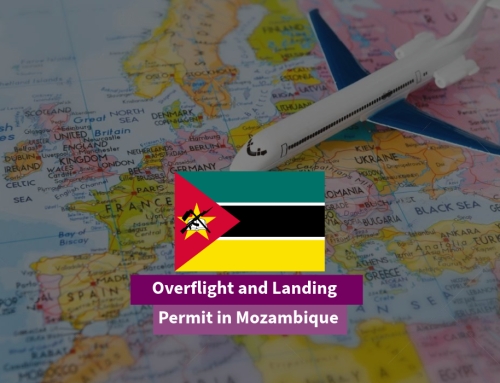Obtain Overflight and Landing Permits in Malaysia
Malaysia, strategically located in Southeast Asia, serves as a key hub for both regional and international air traffic. Known for its state-of-the-art airports and efficient airspace management, Malaysia is a vital destination for passenger and cargo operations. Whether you’re planning an overflight or a landing, obtaining the necessary flight permits is a critical step for smooth operations. This guide outlines the requirements, processes, and considerations for securing flight permits in Malaysia.

Types of Flight Permits
- Overflight Permits
- Requirement:
- Mandatory for all foreign-registered aircraft flying through Malaysian airspace without landing.
- The Department of Civil Aviation Malaysia (DCA) manages the issuance of overflight permits.
- Application Process:
- Submit requests at least 24 hours in advance.
- Include the following details:
- Aircraft registration and type.
- Entry and exit points with estimated times.
- Purpose of the overflight and routing details.
- Key Considerations:
- Ensure adherence to assigned airways and altitude restrictions.
- Requirement:
- Landing Permits
- Requirement:
- Required for all non-Malaysian-registered aircraft intending to land at any Malaysian airport.
- Includes scheduled, non-scheduled, private, and charter flights.
- Application Process:
- Submit permit requests at least 72 hours before the flight.
- Required documentation:
- Aircraft registration and airworthiness certificates.
- Pilot licenses and crew identification.
- Passenger and cargo manifests.
- Purpose of the landing (e.g., cargo delivery, passenger drop-off, or technical stop).
- Key Considerations:
- Slot coordination and ground handling arrangements must be confirmed before applying for a landing permit.
- Requirement:
Major Airports in Malaysia
- Kuala Lumpur International Airport (KUL/WMKK):
- Malaysia’s primary international gateway and one of the busiest airports in Southeast Asia.
- Penang International Airport (PEN/WMKP):
- A key hub for tourism and cargo operations in northern Malaysia.
- Kota Kinabalu International Airport (BKI/WBKK):
- Serving the state of Sabah, it is the second busiest airport in Malaysia.
- Senai International Airport (JHB/WMKJ):
- Located in Johor Bahru, this airport is a growing hub for cargo and budget airline operations.
- Subang Skypark (SZB/WMSA):
- Known for private and business aviation, Subang Skypark caters to corporate flights and charter operations.
Special Considerations
- Compliance with DCA Regulations:
- All operators must comply with the rules and regulations set by the Department of Civil Aviation Malaysia.
- Military and Restricted Airspace:
- Special approvals are required for operations in or near military zones or restricted airspace.
- Permit Revisions:
- Changes to approved permits, such as schedule adjustments or routing changes, require re-approval from the DCA.
- Customs and Immigration Clearance:
- All international flights landing in Malaysia must adhere to customs and immigration requirements.
- Slot Coordination:
- Busy airports like Kuala Lumpur International require prior slot allocation for smooth operations.
Why Choose Malaysia?
- Strategic Location:
- Positioned at the heart of Southeast Asia, Malaysia is an essential hub for flights connecting Asia, the Middle East, and Oceania.
- World-Class Infrastructure:
- Malaysia’s airports are equipped with advanced facilities for both passenger and cargo operations.
- Economic Opportunities:
- Malaysia’s growing economy and trade volume make it an attractive destination for business and cargo flights.
- Tourism Potential:
- From stunning beaches to vibrant cities, Malaysia is a prime destination for tourism, driving passenger traffic growth.
Need help with Flight Permits? click here






